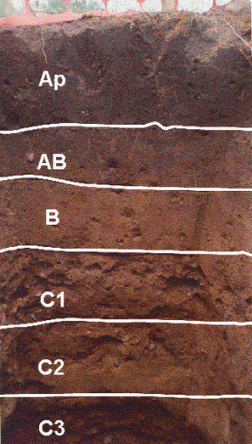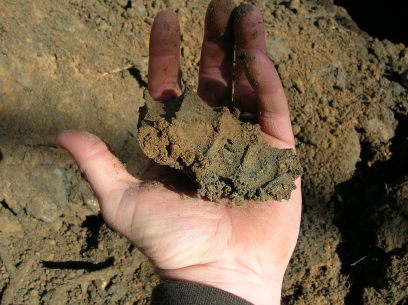A septic system installer is certified by Alberta Municipal Affairs to install and design private sewage systems to the regulations of Alberta or other jurisdictions. There are many things to consider when designing the right wastewater system and your Installer/Designer may have to visit your property several times to do testing and sight planning. This ensuring the design is the most cost-effective, efficient, and environmentally friendly wastewater treatment system.
Your Installer will come out to your site and evaluate the area or areas where a system would be suitable. During a property visit the Installer will be looking at your land and mapping out all significant features such as: water courses, hills, trees, water wells, property lines, and utilities. It is also important to note some of the characteristics of adjacent properties. This information is used to determine the area or areas where a system would be most suitable.
A very important part of your wastewater system working properly is the soil conditions. Determining both your soil structure and texture will allow the designer to make an educated decision on which wastewater system is best suited. This is a two-part process:
– The first step is used to determine the soil structure. This involves digging two eight-foot test pit. While digging the Designer visually inspects as well as carefully feels with their hands each layer of soil. He/she takes detailed note of any changes and records them in a log. The log is then referenced to determine the soil structure.


– Step two is used determine the soil texture. Here the Installer takes a soil sample to a lab where they determine exactly what the soil’s texture is. These tests will help determine how well your soil will absorb and filter wastewater.
In addition to investigating the soil, the Designer/Installer will ask you some key questions about your dwelling. The Installer will need to know how many bedrooms you have in your house and how many people will be living there. You will also be asked about water fixtures. Some fixtures use more water, such as multiple shower heads, a Jacuzzi tub, or extra laundry rooms. These key questions are necessary in determining the peak daily flow rate of wastewater being used.
The Designer/Installer will take all this information and design a wastewater system that is tailored for your septic needs and present the options to you. There are six different wastewater system, they are: tank and treatment mound, tank and field, advanced treatment plant, advanced treatment plant and at-grade, open surface discharge, holding tank. It is very important for your Installer/Designer to use both their knowledge and the information from their property evaluation to decide which of these systems is best for your needs and property.
Prior to construction or installation, the Designer must make sure that the wastewater system meets or exceeds all requirements of the regulations set out by the province or jurisdiction in where you reside. All these regulations must be met in order to apply for permits prior to construction or installation. A final Inspection will be done by a jurisdiction inspector prior to the completion of your wastewater system.
Once your project is complete you will be given an owner’s manual explaining in detail how your wastewater system works and what regular maintenance is required, which is very important for your system to work at optimum performance. If you have any question or concerns your Installer will be happy to discuss them.
Written by,
Amanda Opdendries, Nicline Backhoe Services Ltd.

Yes you are right about soil, one must analyse it properly before they start digging. otherwise it may lead to serious accidents and loss of life, if big trenching operations are being carried out.
LikeLike